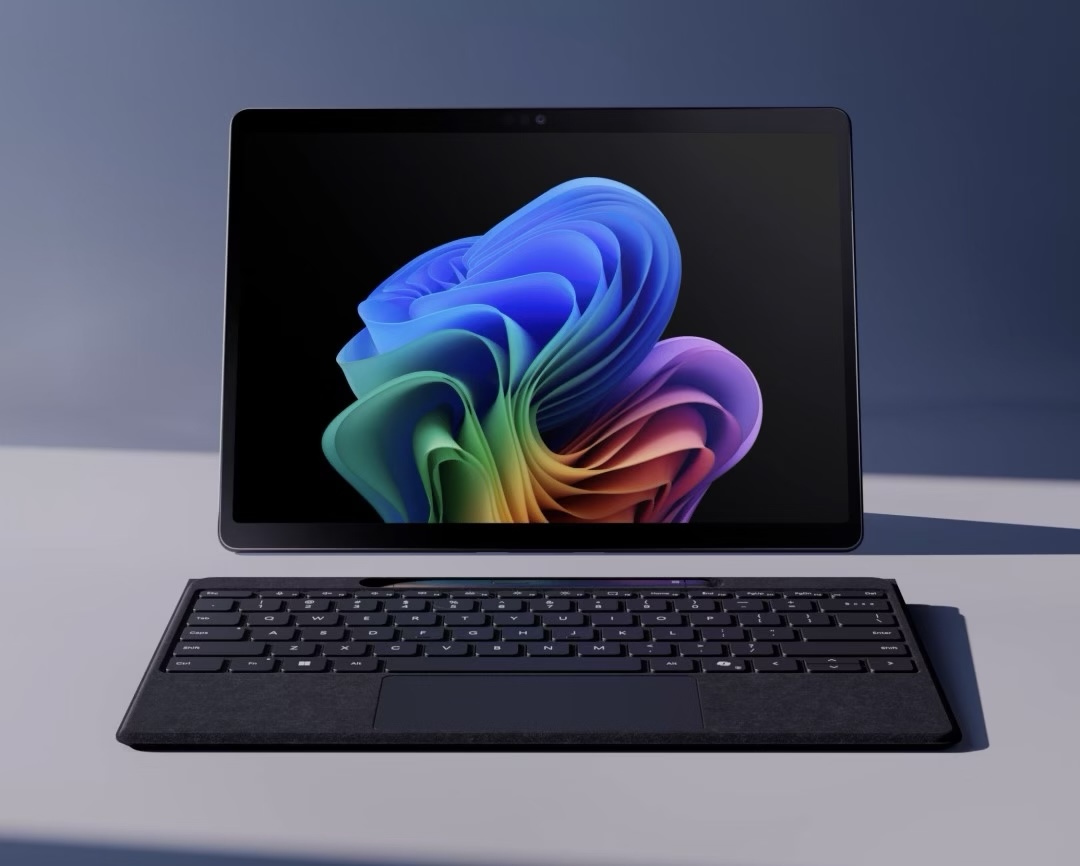
Microsoft is bringing Intel back to the Surface Pro lineup with a new x86 version of the Surface Pro 11, launching on February 18, 2025. After initially switching to Qualcomm Snapdragon X chips, Microsoft is now offering an Intel-powered model for professionals and power users who prefer compatibility with legacy apps and better raw performance.
So, how does the Intel version of the Surface Pro 11 compare to the Snapdragon variant? Is it still the best 2-in-1 laptop-tablet hybrid? Let’s break it down.
Surface Pro 11 (Intel) – Full Specifications
Design & Display
• Chassis: Magnesium alloy body with an adjustable kickstand
• Display: 13-inch PixelSense touchscreen
• Resolution: 2880 x 1920 pixels (267 PPI)
• Panel Options: IPS LCD or OLED
• Refresh Rate: 120Hz dynamic refresh rate
• Aspect Ratio: 3:2
Performance & Internals
-Processor Options:
• Intel Core Ultra 5 135U (10-core, 4.2GHz max)
• Intel Core Ultra 7 165U (12-core, 4.8GHz max)
• RAM: 16GB or 32GB LPDDR5X
• Storage: 256GB / 512GB / 1TB SSD
Battery & Charging
• Battery Life: Estimated 8–10 hours per charge
• Charging: USB-C fast charging (65W)
Connectivity & Ports
• Wi-Fi 7, Bluetooth 5.4
• 2 x USB-C with Thunderbolt 4 support
• No 3.5mm headphone jack
• No USB-A or MicroSD slot
Software & Compatibility
• OS: Windows 11 Pro
• Full x86 compatibility (no emulation needed)
Accessories & Input
• Keyboard: Flex Keyboard (sold separately)
• Stylus: Supports Surface Slim Pen 2
• Security: Windows Hello facial recognition
Pricing & Configurations
• Base model (Intel Core Ultra 5, 16GB RAM, 256GB SSD) – $1,199
• High-end model (Intel Core Ultra 7, 32GB RAM, 1TB SSD) – $2,299
• Accessories (sold separately):
• Flex Keyboard – $200
• Surface Slim Pen 2 – $129
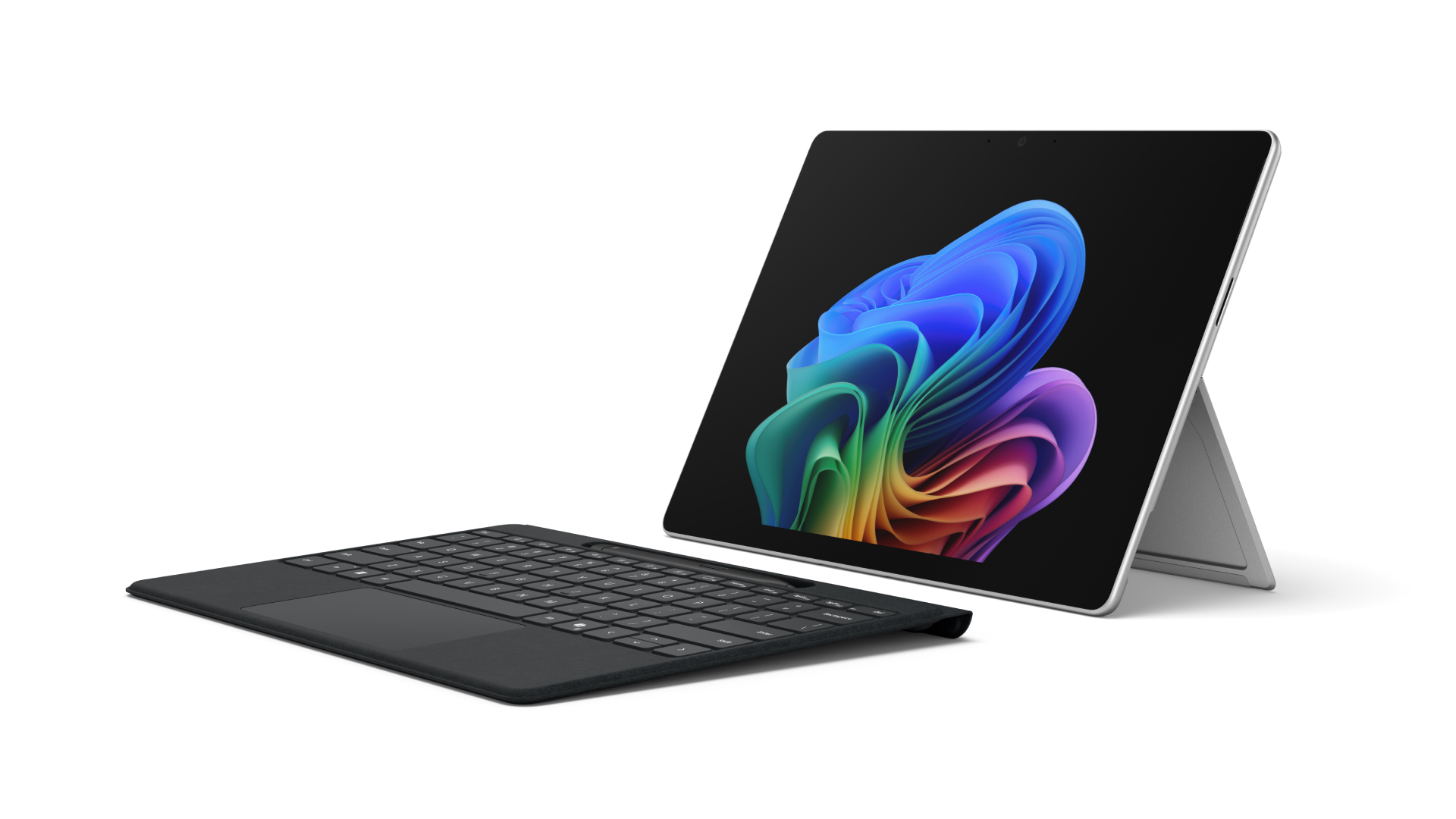
Design & Build: Same Surface Pro, but a Little Heavier
The Intel version of the Surface Pro 11 is visually identical to the Snapdragon variant, keeping the iconic Surface Pro kickstand design and premium magnesium build. However, due to Intel’s x86 chips requiring active cooling, this model is slightly thicker and heavier than its ARM counterpart.
✔️ Still the best-looking and most premium 2-in-1 on the market
✔️ Durable chassis with a flexible kickstand
❌ A bit heavier than the ARM version due to active cooling

Display: OLED or LCD?
For the first time in a Surface Pro, you can choose between an LCD or OLED display.
OLED vs LCD – Which One is Better?
✔️ OLED: Better contrast, deeper blacks, more immersive visuals
✔️ LCD: Slightly brighter, no risk of burn-in, better for productivity
Both displays support 120Hz refresh rate, making scrolling and stylus input incredibly smooth.
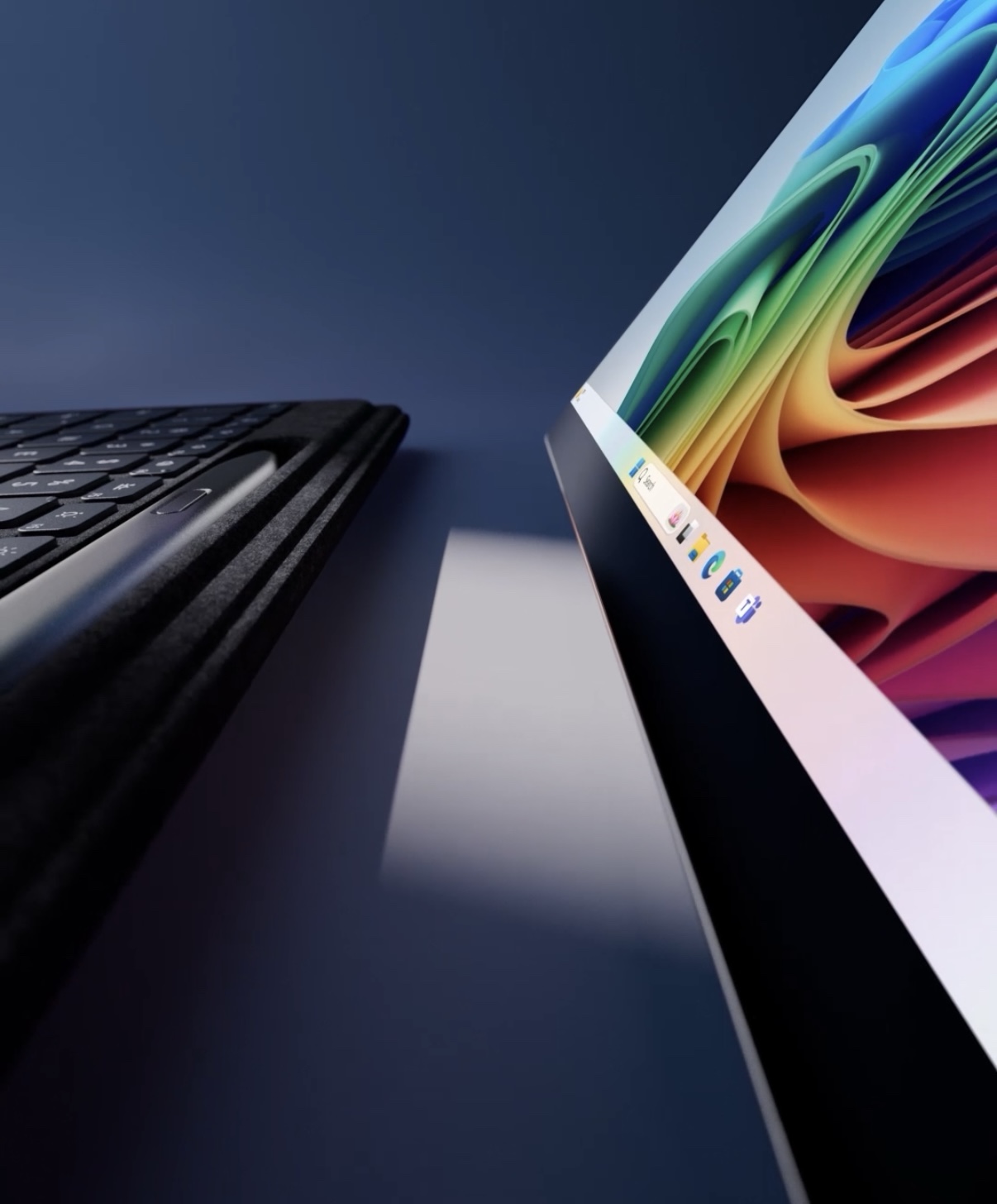
Performance: How Does Intel Compare to Snapdragon X?
Here’s where things get interesting. Microsoft switched to ARM for better battery life, but Intel still wins in raw power and compatibility.
Intel vs Snapdragon X – Key Differences
✔️ Intel Ultra 5 & 7 CPUs are faster in raw single-core tasks
✔️ No app emulation required – full Windows x86 compatibility
✔️ Better support for pro apps like Adobe Premiere, CAD software, and gaming
❌ Battery life is lower than Snapdragon models (expect ~8–10 hours instead of 12–15)
The Snapdragon model is better for battery and AI tasks, but if you need native x86 support and better multitasking performance, Intel is the way to go.

Battery Life: Intel Still Hasn’t Caught Up
Intel’s new Ultra 5 & 7 chips are more efficient than older Intel CPUs, but they still use more power than Snapdragon X.
🔋 Intel Surface Pro 11 battery life: 8–10 hours
🔋 Snapdragon Surface Pro 11 battery life: 12–15 hours
If battery life is your priority, get the ARM model, but if you need full software compatibility, Intel is still worth it.
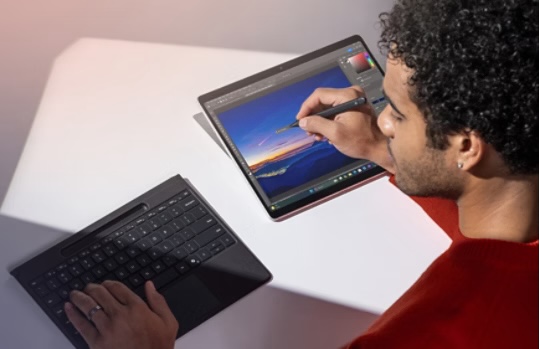
Who Should Get the Intel Surface Pro 11?
✅ Get it if you:
✔️ Need full compatibility with all x86 Windows apps (no emulation issues).
✔️ Use heavy workloads like video editing, 3D modeling, or coding.
✔️ Want better CPU performance for multitasking.
🚫 Skip it if you:
❌ Want the longest battery life (Snapdragon models last longer).
❌ Don’t use pro apps that require x86 (ARM is fine for everyday users).
❌ Need a cheaper 2-in-1 (Intel models are more expensive).
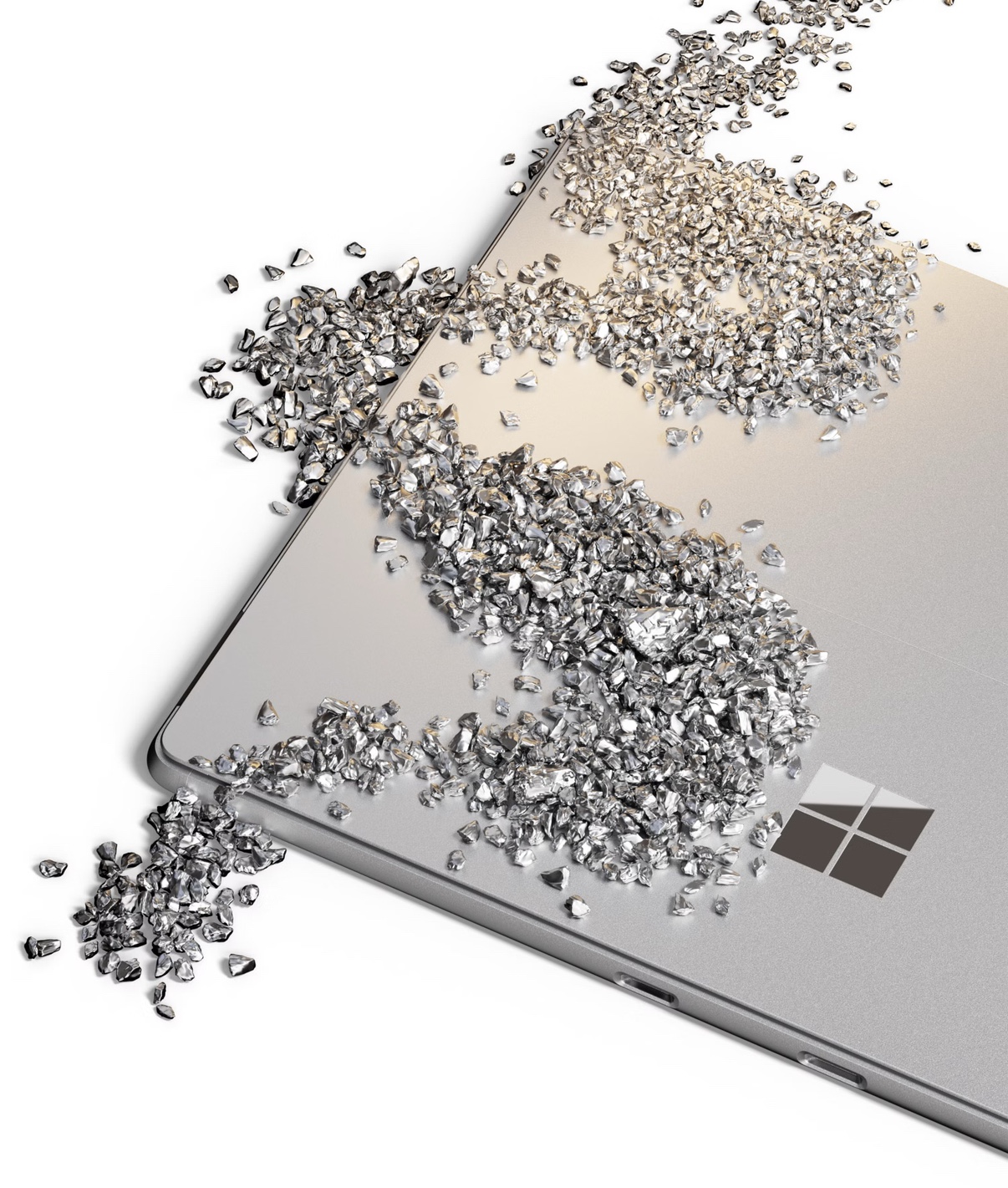
Final Verdict: Intel Surface Pro 11 vs Snapdragon – Which One Wins?
Intel Surface Pro 11:
✔️ More powerful for x86 apps
✔️ No app compatibility issues
✔️ Better for pro users
❌ Lower battery life
❌ Heavier & more expensive
Snapdragon Surface Pro 11:
✔️ Longer battery life
✔️ Better AI features & instant wake
✔️ Lighter & cooler
❌ Some legacy apps need emulation
❌ Not as powerful for pro workloads
🚀 Final Rating: ⭐⭐⭐⭐☆ (4.5/5) – Best Surface Pro for x86 users, but battery life is still an issue.
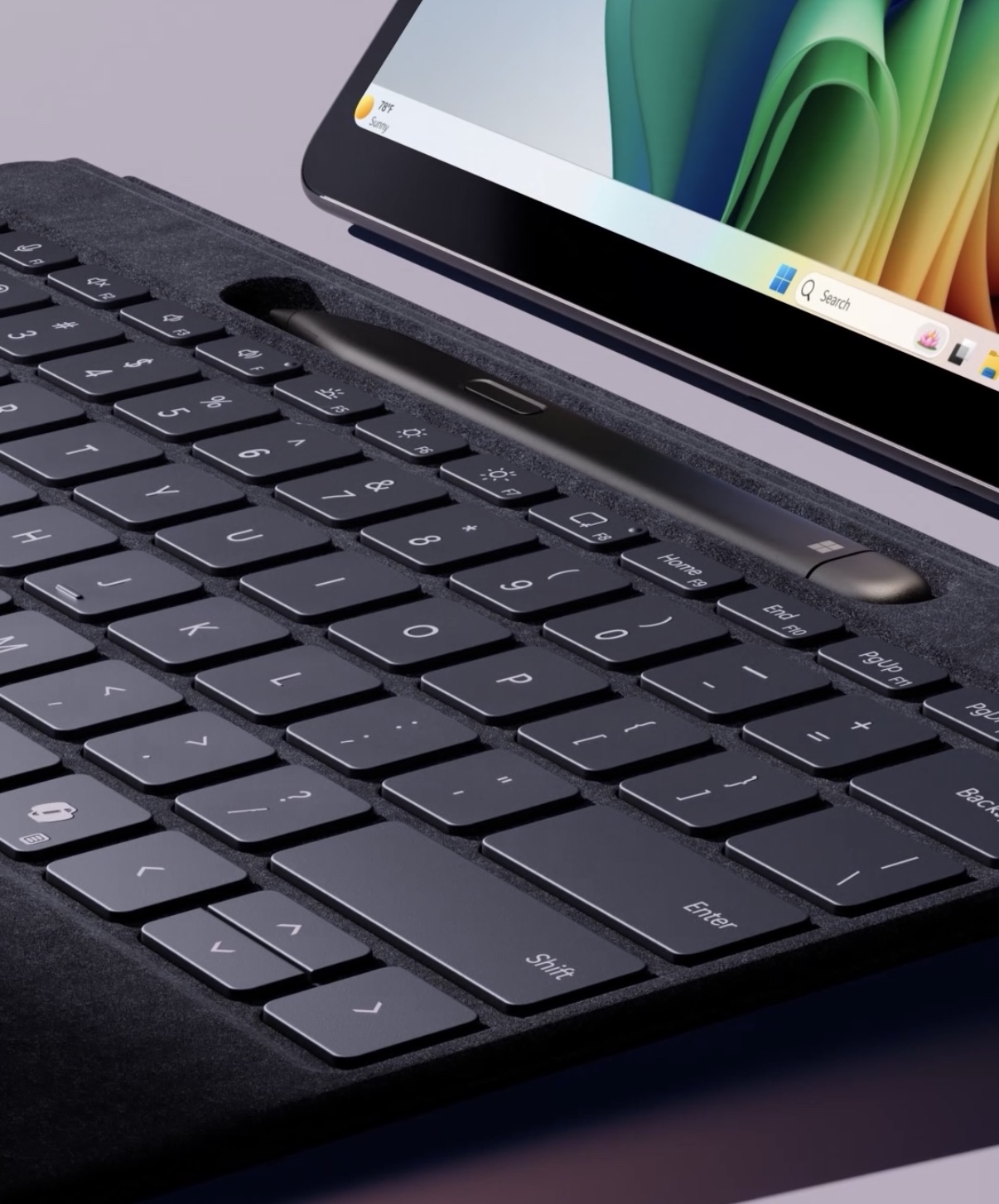
Pricing & Availability
💰 Intel Surface Pro 11 starts at $1,199 (Ultra 5, 16GB RAM, 256GB SSD)
💰 High-end model (Ultra 7, 32GB RAM, 1TB SSD) – $2,299
💰 Flex Keyboard & Slim Pen sold separately
📅 Release Date: February 18, 2025







